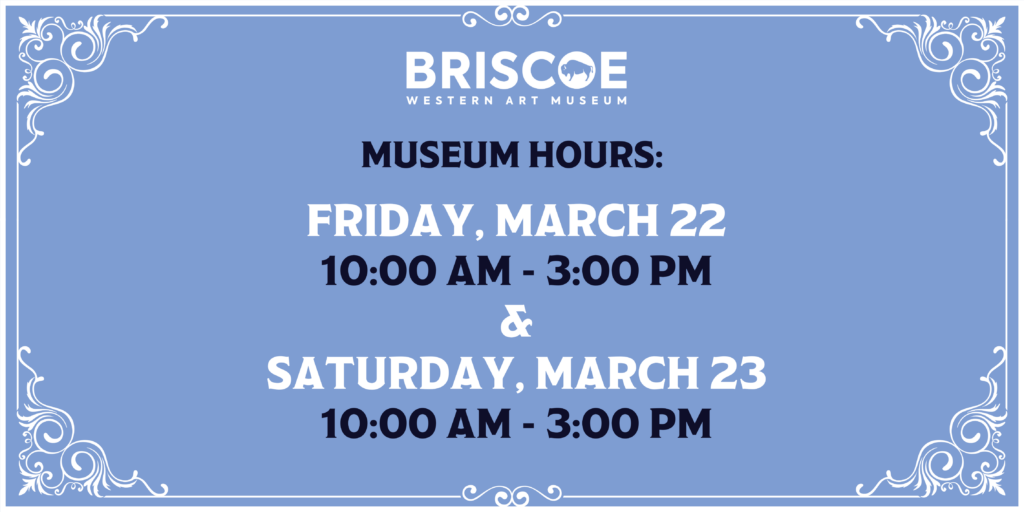Moving Harry Jackson’s “The Marshall”
PLANNING:
Whether you’re a personal collector or a museum, the importance of safe art transportation is crucial. The key component in moving heavy and or fragile sculptures is planning. The more time we spend planning and getting the necessary supplies, the better prepared we are in executing that move. Harry Jackson’s sculpture The Marshall, formerly displayed outside along the River Driveway, needed to be moved. Thanks to unwanted public interaction, there are a few vulnerable areas on the sculpture that could potentially be compromised so relocation was essential.
Great attention was given to the desired new space and its ease of access for the object’s new location. Would we be able to safely move the object to the desired space? Is there enough of a turning radius for machinery in a given area? Can the riggers safely maneuver along the planned pathway and not be placed in a dangerous situation? All of these questions needed to be thoroughly thought out prior to moving forward.
We ultimately identified the Mays Courtyard would be a safer location which has no public access while the museum is closed. Working with a rigging and a local contractor, we determined the next steps of our plan. Due to the extreme weight of the sculpture, a new concrete slab would need to be poured to establish a solid foundation. Careful measurements were taken to determine the correct balance of depth and width keeping in mind spacing for future signage and lighting.
SUPPLIES & RIGGING:
Sculptures are typically very unique and delicate pieces of art. They vary in shape, size, and weight. Usually, large sculptures are very imbalanced pieces of art, making it especially difficult to easily lift and move them. This means each individual sculpture needs certain safety precautions in order to ensure no damage is done during rigging, transporting, or installation. Determining the weight of the object to be moved will be critical in securing the proper machinery for the move. In this case, the sculpture had already been secured to a heavy limestone base and needed to be moved all in one piece, so a 5000lbs. forklift was identified as the proper vehicle for the job. Additionally, industrial polyester slings, blankets, assistants, and most importantly patience are required. Securing the proper equipment and materials are essential for any movement.
TRANSPORT & SETTING:
Slow and steady wins the race…you’ve heard that one before right? We did a “dry run” of how the movement would go before actually starting the rigging process and movement. We made sure that our path was clear of bumps or any debris. Once we had planned and prepared everything, we were ready to begin the movement. Rigging slings were carefully positioned around key support elements on the sculpture and object padded with blankets to protect from abrasion. We were ready for the object to be hoisted now and begin the slow and steady move to its new location. Once nearing the new pad site, we blanketed the concrete slab with 10 lbs. of ice (I’ll get back to this shortly). Once in position, and with several hands-on spotters, the forklift slowly began lowering the sculpture into its desired position. Ok, back to the ice. Ice was used as a temporary barrier between the concrete slab and the sculpture’s limestone base. The ice allowed easier movement of the object to achieve the perfect placement. Once the object is in the desired position, the ice simply melts away and the object is safely in place.
I hope you’ve enjoyed a little behind the scenes insight into this process and we hope you come to visit us here at the Briscoe and view the sculpture’s new home.
Jason Kirkland
Exhibitions Manager
February 2022
BECOME A MEMBER
Help us bring the spirit of the West alive by becoming a Briscoe Partner!
Click here to become a member!
SUPPORT THE MUSEUM
Governor Dolph Briscoe and his wife Janey envisioned a Museum that would preserve the stories and traditions of the American West.






